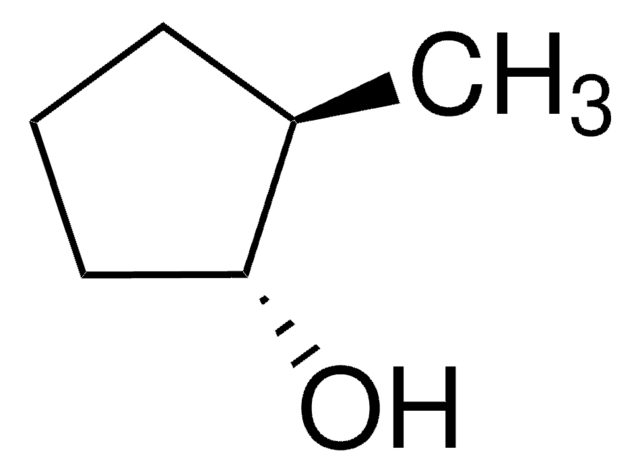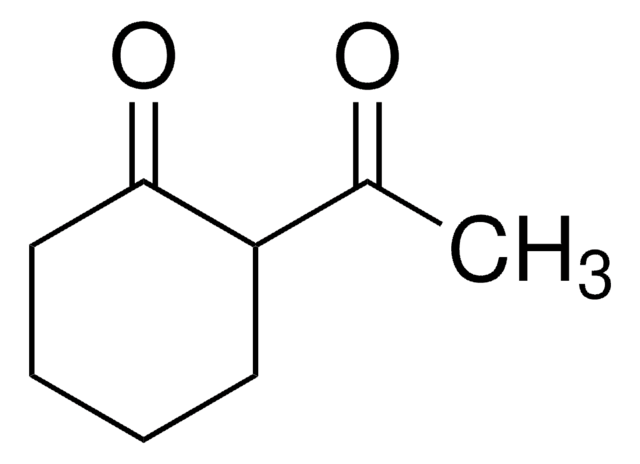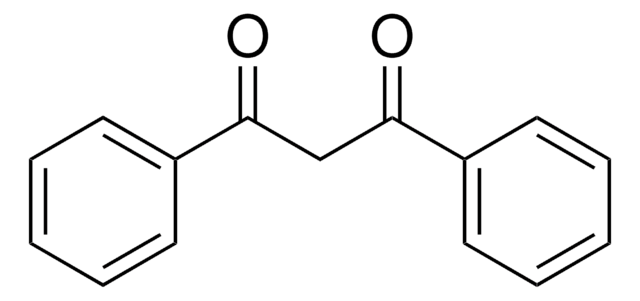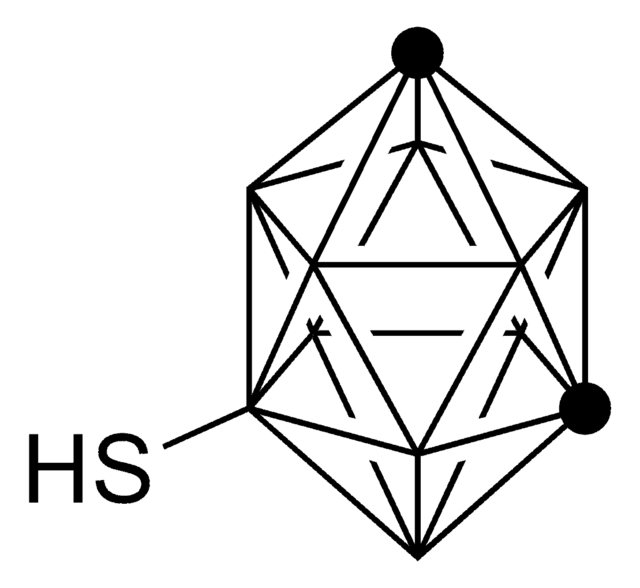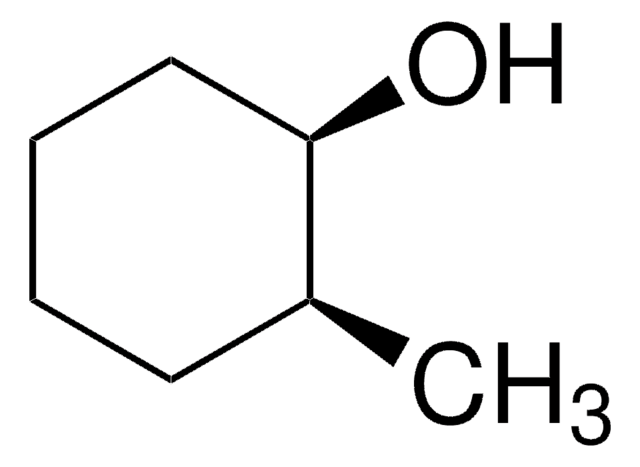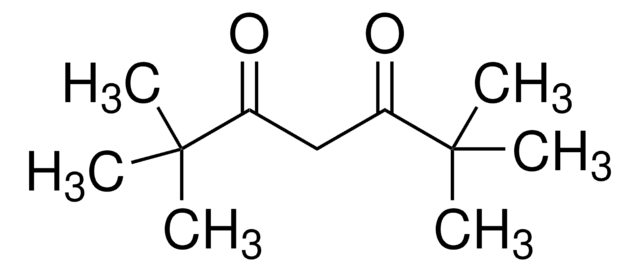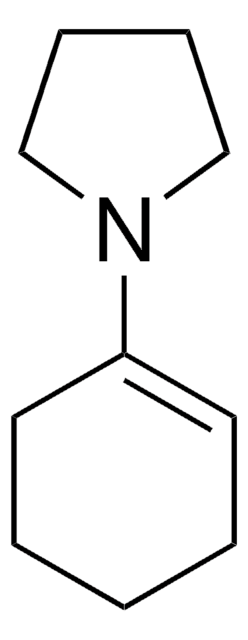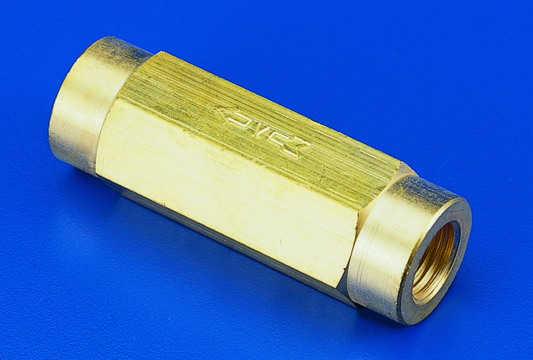179779
2-Acetylcyclopentanone
98%
Synonym(s):
α-Acetylcyclopentanone, 2-Acetyl-1-cyclopentanone
Sign Into View Organizational & Contract Pricing
All Photos(1)
About This Item
Linear Formula:
CH3COC5H7(=O)
CAS Number:
Molecular Weight:
126.15
Beilstein:
1857601
EC Number:
MDL number:
UNSPSC Code:
12352100
PubChem Substance ID:
NACRES:
NA.22
Recommended Products
Quality Level
Assay
98%
form
liquid
refractive index
n20/D 1.489 (lit.)
bp
72-75 °C/8 mmHg (lit.)
density
1.043 g/mL at 25 °C (lit.)
functional group
ketone
SMILES string
CC(=O)C1CCCC1=O
InChI
1S/C7H10O2/c1-5(8)6-3-2-4-7(6)9/h6H,2-4H2,1H3
InChI key
OSWDNIFICGLKEE-UHFFFAOYSA-N
Looking for similar products? Visit Product Comparison Guide
General description
2-Acetylcyclopentanone (2-ACP) is a β-dicarbonyl compound which undergoes keto-enol isomerization.
Application
2-Acetylcyclopentanone was used to evaluate the protective abilities of 2-ACP in a mouse model of acetaminophen (APAP) hepatotoxicity.
Storage Class Code
10 - Combustible liquids
WGK
WGK 3
Flash Point(F)
161.6 °F
Flash Point(C)
72 °C
Personal Protective Equipment
dust mask type N95 (US), Eyeshields, Gloves
Choose from one of the most recent versions:
Already Own This Product?
Find documentation for the products that you have recently purchased in the Document Library.
Sungnam Park et al.
Chemphyschem : a European journal of chemical physics and physical chemistry, 12(4), 799-805 (2011-02-09)
2-Acetylcyclopentanone (2-ACP), which is a β-dicarbonyl compound, undergoes keto-enol isomerization, and its enol tautomers are stabilized by a cyclic intramolecular hydrogen bond. 2-ACP (keto form) has symmetric and asymmetric vibrational modes of the two carbonyl groups at 1748 and 1715
Lihai Zhang et al.
The Journal of pharmacology and experimental therapeutics, 346(2), 259-269 (2013-06-14)
Our previous research showed that enolates formed from 1,3-dicarbonyl compounds, such as 2-acetylcyclopentanone (2-ACP), could provide protection in cell culture models from electrophile- or oxidative stress-induced toxicity. In the present study, we evaluated the protective abilities of 2-ACP in a
Our team of scientists has experience in all areas of research including Life Science, Material Science, Chemical Synthesis, Chromatography, Analytical and many others.
Contact Technical Service